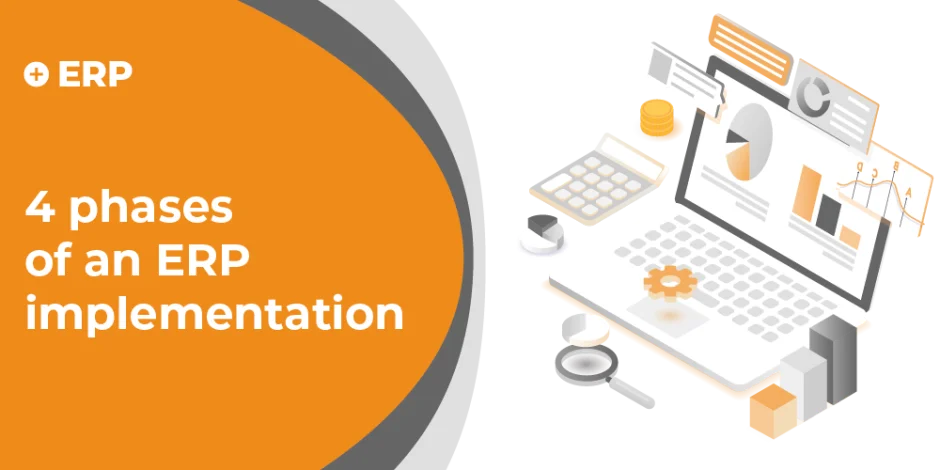4 key phases of an ERP implementation plan
Every company needs to optimize its business processes in order to guarantee growth. This is why, more and more companies are embarking on ERP deployment projects. However, implementing an ERP solution requires a number of key steps to take to ensure a successful implementation.
06 June 2023
Audit of management systems
It is important to take stock of your organization in order to identify your current business processes and issues. During this first step, you need to list all your requirements and the functionalities your future software should offer, in order to draw up a set of specifications.
Once drawn up, the specifications enable you to better visualize your objectives and expectations, by defining a framework for the implementation of your ERP. The aim is to use these specifications as a basis for selecting the ERP software that best meets your business needs.
Choosing the right ERP for your needs
Choosing your solution is a two-stage process. At first, you will need to choose the solution. Your choice must be in line with your specifications so as to best respond to your company’s issues and challenges.
Once the solution has been chosen, you’ll have to choose a software integrator to support you throughout your project and ensure the successful deployment of your ERP. You can also ask for demos from the integrators you’ve selected in order to discover the various solutions available.
Implementing your ERP
When you have chosen your solution and integrator, you then have to start your ERP implementation project. There are various types of deployment: on-premise, public cloud, private cloud and hybrid cloud.
Regardless of the type of deployment adopted, you need to update your infrastructure and determine whether you need to renew your IT assets.
There are several stages in setting up your ERP system:
- The migration of your existing data to your new solution
- The configuration phase to ensure that your ERP solution meets your business challenges
- The end-user testing phase, to resolve any problems make any final adjustments
Communicating and training your employees
Often overlooked, communication is thus an essential aspect of this kind of project. Indeed, your employees’ commitment to this tool is important for the success of the project.
You can communicate with your employees directly impacted by this change and explain them the benefits of this new tool in their daily tasks.
Prepare communication materials to inform your employees of the different steps of the roll-out. You have to support your employees in this transition for this change management.
Users training is also a key success factor. It is thus necessary to train your employees in order to facilitate the controlling of your new ERP tool. It is recommended to set up customized training programs tailored to each function within your company.
Once you’ve deployed your tool and trained your employees, you can also measure the profitability of your ERP implementation. You need to define and analyze KPIs so that you can often upgrade your software.
Choose Absys Cyborg to implement your ERP software
With over 30 years’ experience, Absys Cyborg experts can help you manage your ERP project thanks to a well-defined methodology based on 3 foundations:
